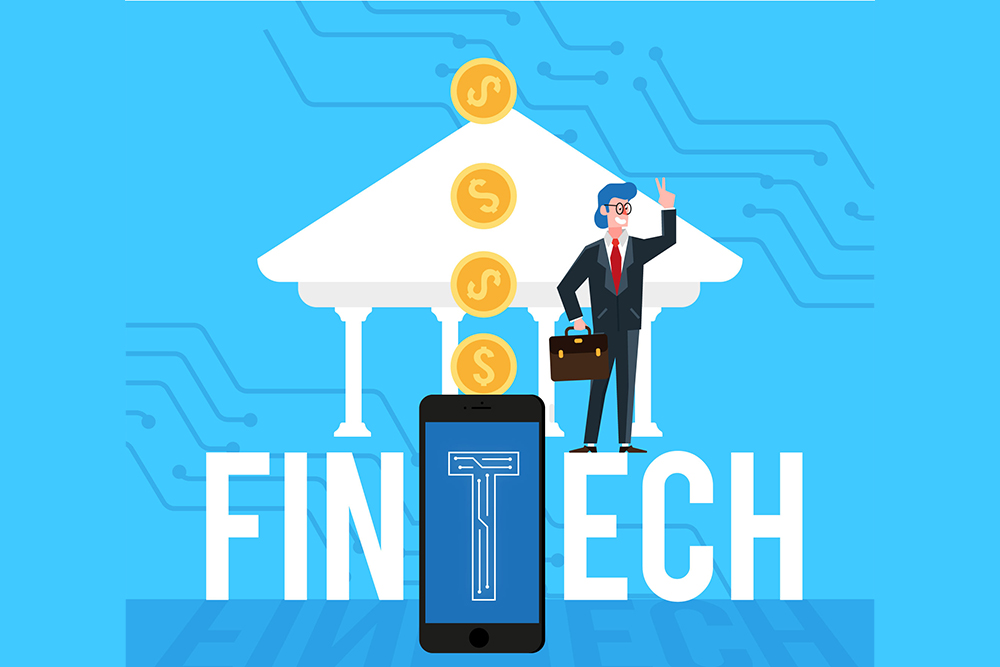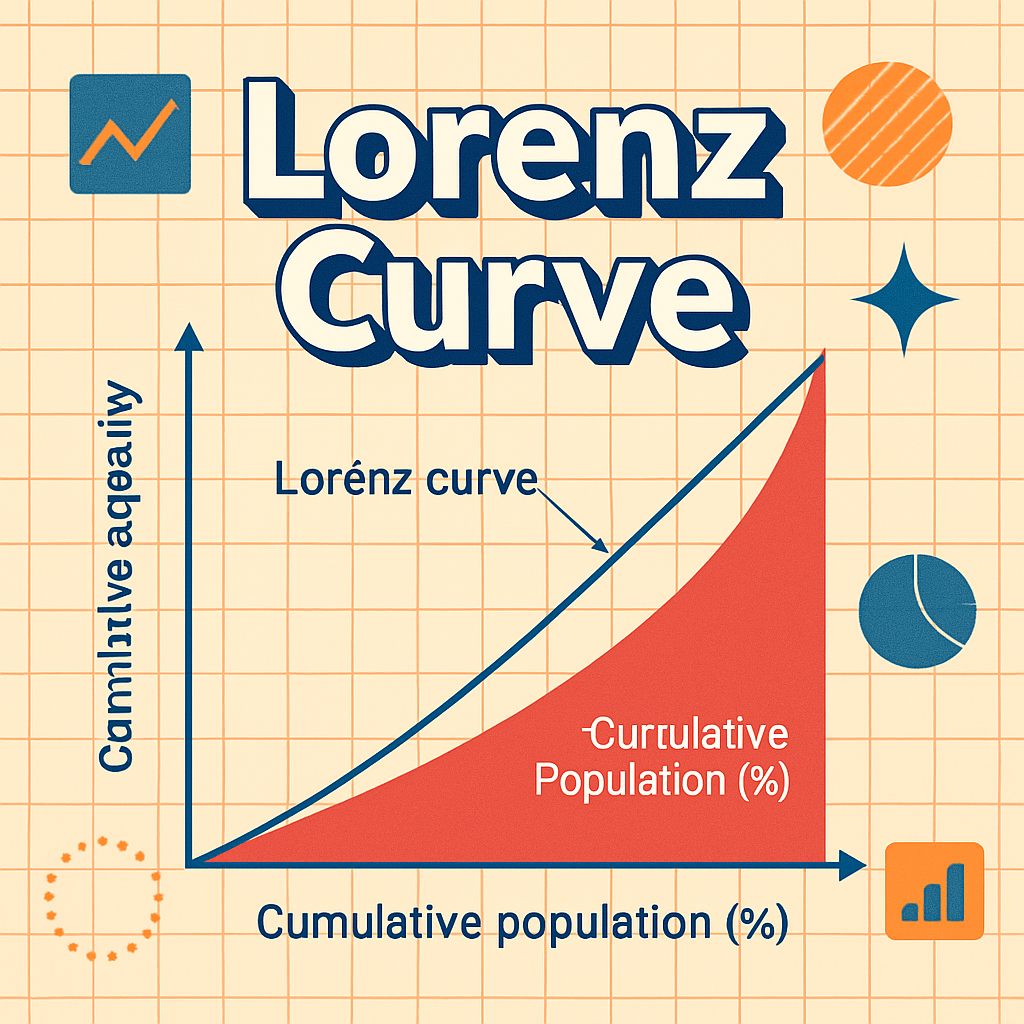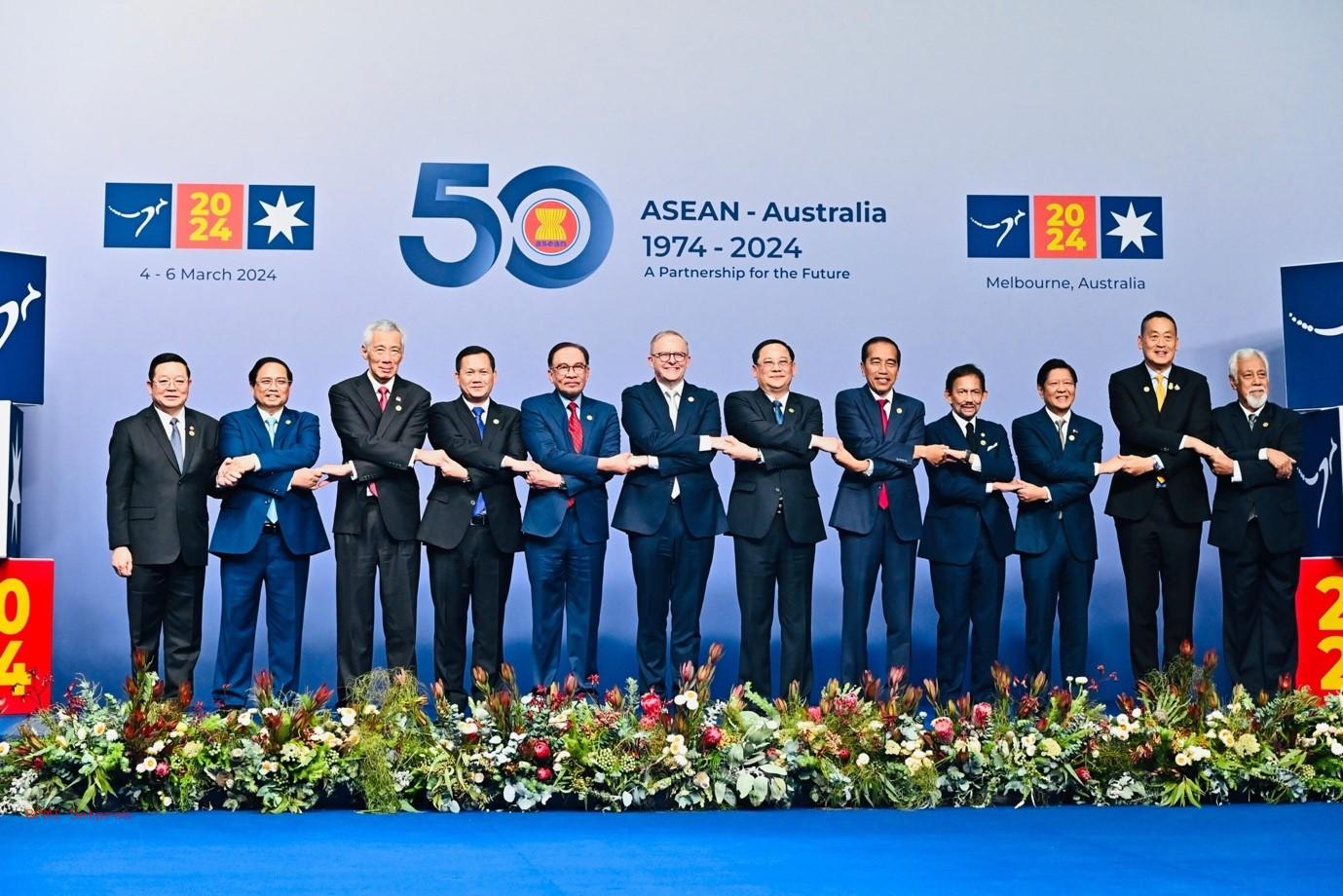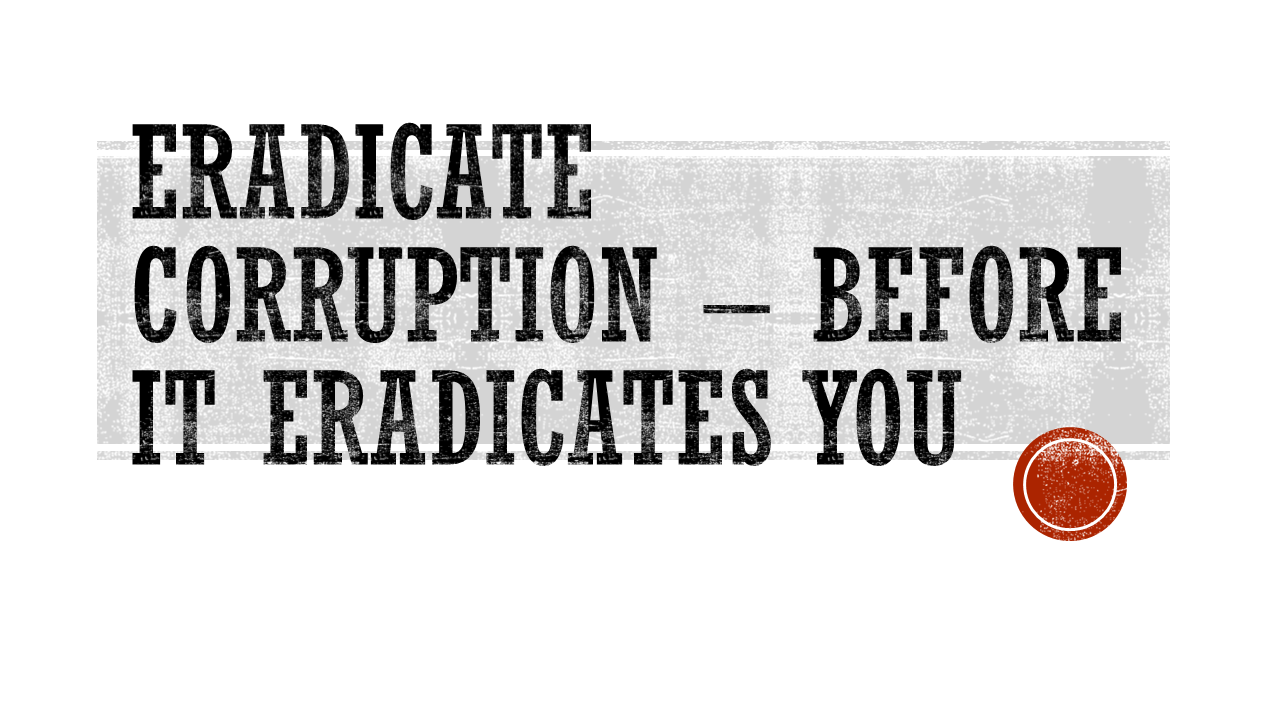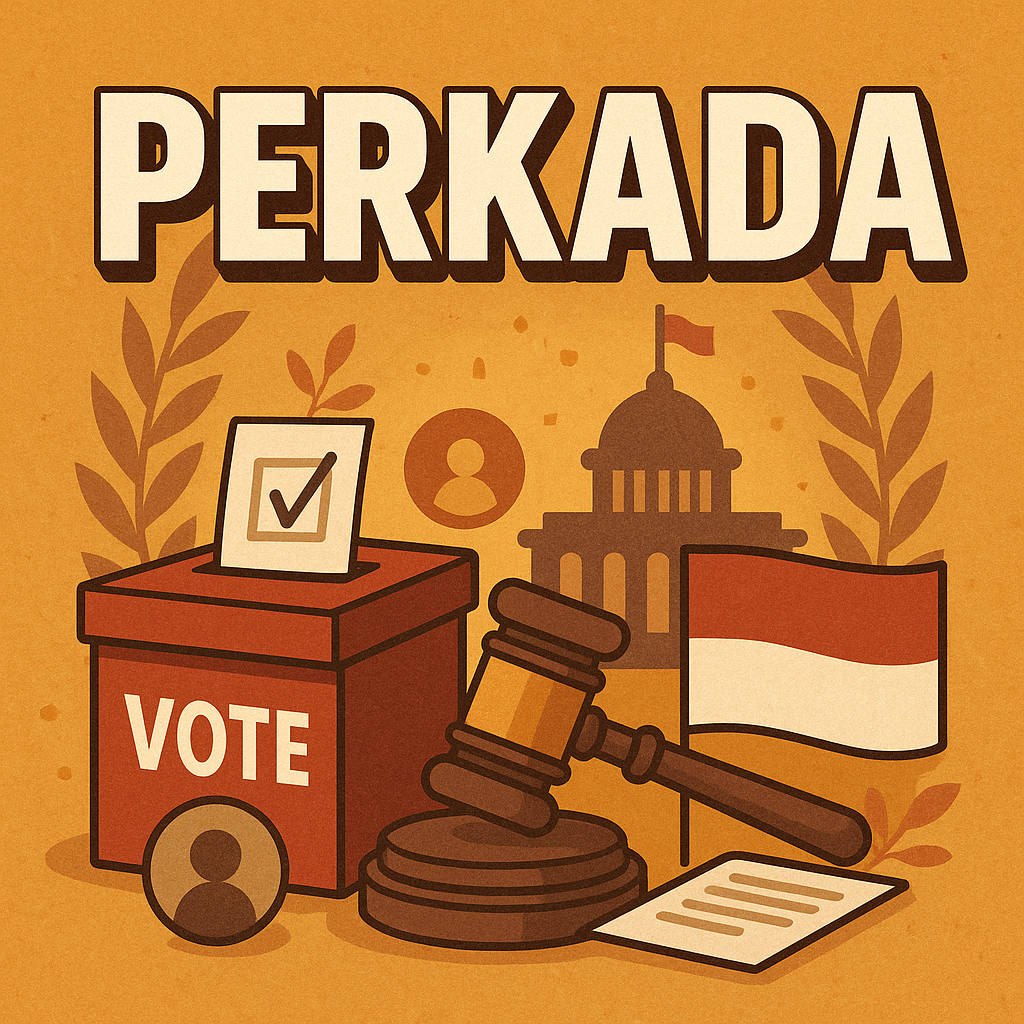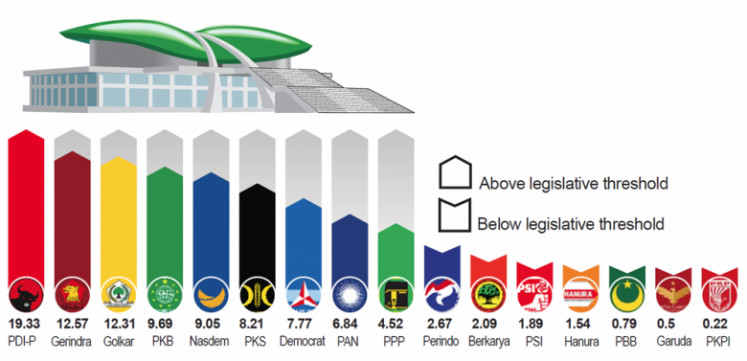Political Ideology: Uniting Diverse Perspectives—My Journey to Seeing the Bigger Picture
JAKARTA, turkeconom.com – In an era marked by intense partisan divides, Political Ideology often feels like a barrier rather than a bridge. Growing up, I gravitated toward the ideals of my family and community, rarely questioning the narratives that shaped my beliefs. It wasn’t until college—exposed to peers from radically different backgrounds—that I began to realize how narrow my perspective had become. This article recounts my journey through the spectrum of political thought, the lessons I’ve learned by engaging with contrasting viewpoints, and practical tips for anyone seeking to broaden their own ideological horizons.
What Is Political Ideology?
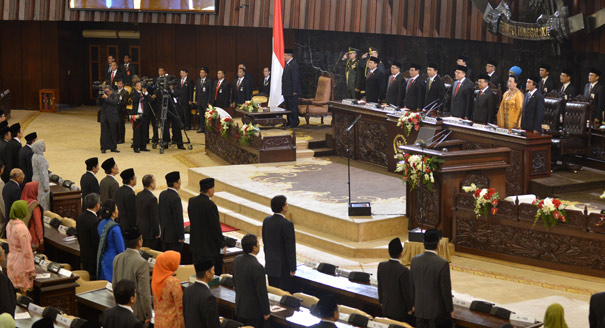
At its core, Political Ideology is a set of principles and values that guide one’s beliefs about government, society, and the role of the individual. While there are countless nuanced positions, most ideologies fall into broad categories:
- Liberalism: Emphasizes individual rights, civil liberties, and social safety nets.
- Conservatism: Values tradition, limited government, and free-market principles.
- Socialism: Advocates for collective ownership, economic equality, and robust welfare systems.
- Libertarianism: Prioritizes maximum individual freedom with minimal state intervention.
- Green Politics: Focuses on environmental sustainability, social justice, and grassroots democracy.
Recognizing these categories helped me map my own beliefs and, crucially, identify where I was most likely to encounter differing opinions.
My Turning Point: From Echo Chamber to Open Forum
- College Debates and Classroom Conflicts
During my freshman year, I enrolled in “Introduction to Political Theory.” The first in-class debate paired me against a classmate who self-identified as a democratic socialist. Initially, I bristled at his proposals—more government control, higher taxes—but when I listened closely, I realized his arguments stemmed from genuine concern about poverty and healthcare access. That moment punctured my echo chamber.
- Living with Roommates of Opposite Views
I shared an apartment with three roommates: one conservative, one libertarian, and one apolitical. Our nightly “kitchen table conferences” pushed me to articulate my viewpoint clearly—and, more importantly, to ask thoughtful questions rather than react defensively.
Lessons Learned in Bridging Ideological Divides
- Ask “Why?” Instead of “How Dare You?”
- Curiosity dissolves hostility. When I asked “Why do you support that policy?” rather than “How can you be so naïve?”, conversations shifted from confrontations to explorations.
- Find Shared Values
- Most ideologies prioritize safety, prosperity, and freedom—just in different measures. Spotlighting common goals creates a foundation for compromise.
- Consume Diverse Media
- I deliberately read op-eds from left-leaning, right-leaning, and centrist outlets. This practice revealed how framing and language shape our perception of the same events.
- Embrace Intellectual Humility
- Admitting “I don’t have all the answers” made room for growth. I discovered that shifting one conviction doesn’t equate to betrayal of one’s identity—it’s a natural part of learning.
Practical Strategies for Expanding Your Political Ideology
4.1 Create an “Ideological Reading List”
- Assign one book or article per month from a different perspective.
- Examples: A conservative economist (e.g., Thomas Sowell), a socialist historian (e.g., Howard Zinn), and a libertarian thinker (e.g., Robert Nozick).
4.2 Host a “Perspective Swap” Dinner
- Invite friends with varied beliefs and assign each guest an argument they don’t personally hold. Defending a counter-argument builds empathy and sharpens critical thinking.
4.3 Join a Bipartisan Discussion Group
- Look for local or online forums where ground rules emphasize respect and evidence-based debate. Avoid echo chambers by limiting time spent in ideologically homogenous spaces.
4.4 Practice the “Three-Minute Pause”
- Before reacting to a political post or news story, take a three-minute break to fact-check, reflect on biases, and consider the other side’s rationale.
Overcoming Common Challenges
- Emotional Investment: Strong beliefs trigger emotional responses. To counteract this, focus on the content of someone’s argument instead of reacting to its messenger.
- Confirmation Bias: Our brains seek information that validates existing beliefs. Combat this by setting a “devil’s advocate” quota—intentionally seek out counter-arguments.
- Social Pressure: Friends and family may discourage ideological exploration. Frame your curiosity as an intellectual exercise rather than a statement of changing loyalties.
Seeing the Bigger Picture: Impact on Civic Engagement
Broadening my Political Ideology did more than enrich my conversations—it reshaped my civic engagement:
- I volunteered for nonpartisan voter-registration drives, championing participation over persuasion.
- I joined a local town-hall committee that welcomed input from all sides, focusing on community needs rather than party agendas.
- I learned to draft policy briefs that anticipated objections and offered data-driven solutions appealing to multiple constituencies.
Conclusion
Exploring Political Ideology isn’t about diluting your principles—it’s about strengthening them through rigorous testing and compassionate dialogue. By stepping outside our comfort zones, asking honest questions, and seeking shared values, we can transform political discourse from a zero-sum game into a collaborative quest for common good. My journey taught me that the bigger picture emerges only when we unite diverse perspectives—and that the most profound growth happens when we listen with open hearts and inquisitive minds.
Sharpen Your Skills: Delve into Our Expertise on Politic
Check Out Our Latest Piece on Electoral Integrity!




